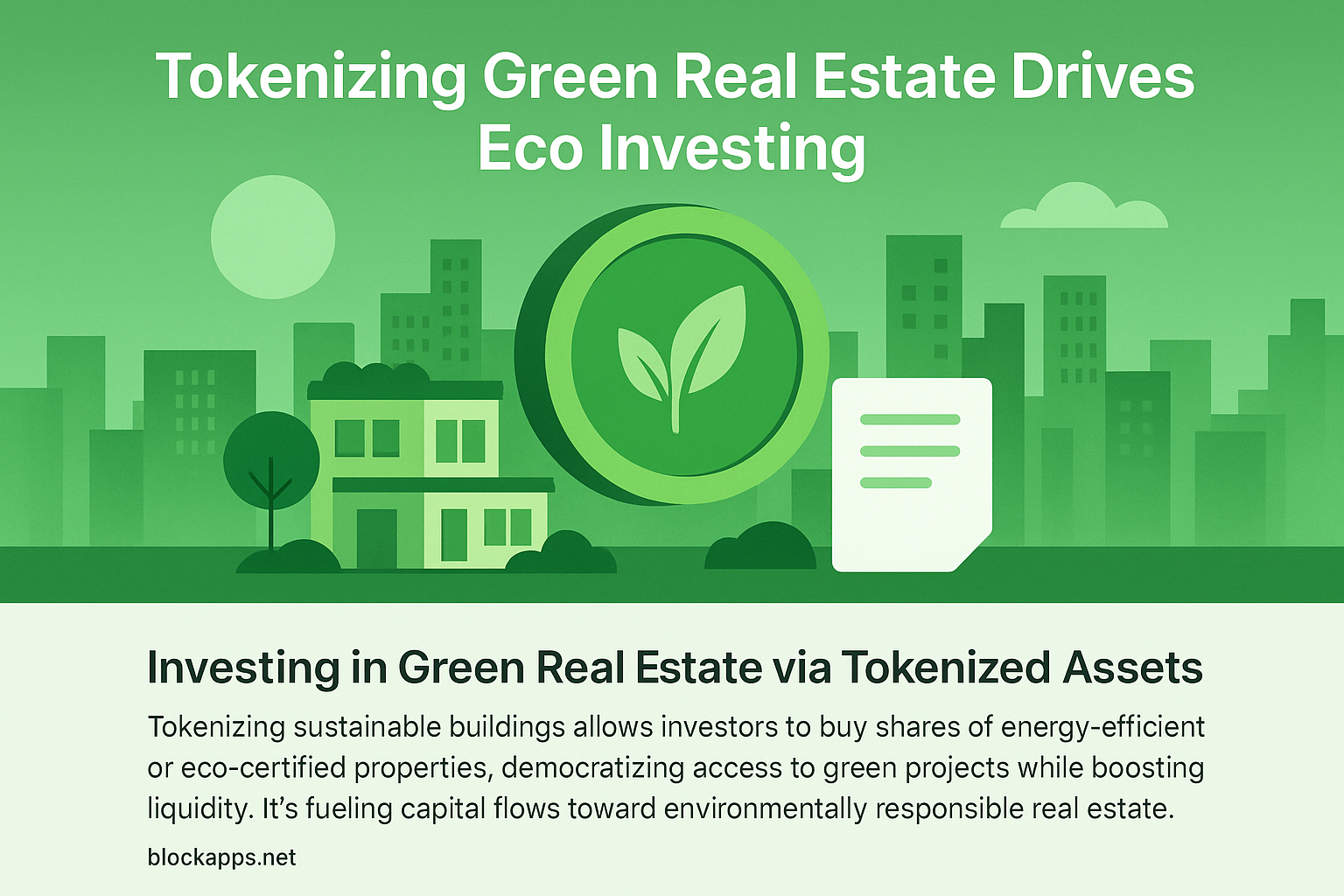The cryptocurrency investment landscape is evolving rapidly, and one of the latest developments is the introduction of altcoin ETFs (Exchange Traded Funds). Among these, the Cardano Staking Exchange Traded Product has gained attention as a key example of innovation in this space. This development not only reflects a maturing market but also introduces new opportunities and risks for investors and the broader crypto-circular economy.
The Rise of Altcoin ETFs
Altcoin ETFs represent a significant step forward in the institutionalization of cryptocurrency investments. Unlike traditional ETFs that track stock indices or commodities, altcoin ETFs focus on digital assets such as Cardano, Ethereum, or Solana. The Cardano Staking ETF, for instance, offers investors exposure to staking rewards without requiring them to directly manage their cryptocurrency holdings.
These products appeal to a wide range of investors, from retail participants seeking simplified access to altcoins, to institutions that require regulated, compliant vehicles for crypto exposure. However, the regulatory landscape surrounding these products remains complex. Different jurisdictions have varied approaches to cryptocurrency ETFs, ranging from outright bans to cautiously optimistic approvals.
Stake Houses and the Circular Crypto Economy
Stake houses, decentralized platforms that aggregate staking services, are another transformative force in the crypto-circular economy. By allowing users to pool their assets for staking, stake houses democratize access to staking rewards, further driving the adoption of Proof-of-Stake (PoS) networks like Cardano.
The interplay between altcoin ETFs and stake houses underscores the growing integration of decentralized finance (DeFi) mechanisms with traditional financial markets. This integration creates a circular economy within the crypto ecosystem, where staked assets generate rewards that can be reinvested, creating a self-sustaining cycle of value generation.
Tail Risks in the Emerging Ecosystem
While the opportunities in this evolving landscape are vast, they are accompanied by significant risks. Tail risks, or low-probability, high-impact events, pose a particular challenge to the crypto-circular economy. These risks can arise from several sources:
- Regulatory Shifts: Sudden changes in regulatory policies could impact the viability of altcoin ETFs or the operations of stake houses.
- Smart Contract Vulnerabilities: Stake houses rely heavily on smart contracts, which, if exploited, could lead to significant losses.
- Market Volatility: Cryptocurrencies are inherently volatile, and this volatility can amplify the risks associated with leveraged ETF products or staking rewards.
The introduction of altcoin ETFs and the rise of stake houses signify a pivotal moment in the evolution of the crypto market. These innovations are paving the way for a more integrated and accessible crypto-circular economy, but they also necessitate careful consideration of the associated tail risks. For investors and stakeholders, navigating this landscape will require a balanced approach that combines optimism with caution.




